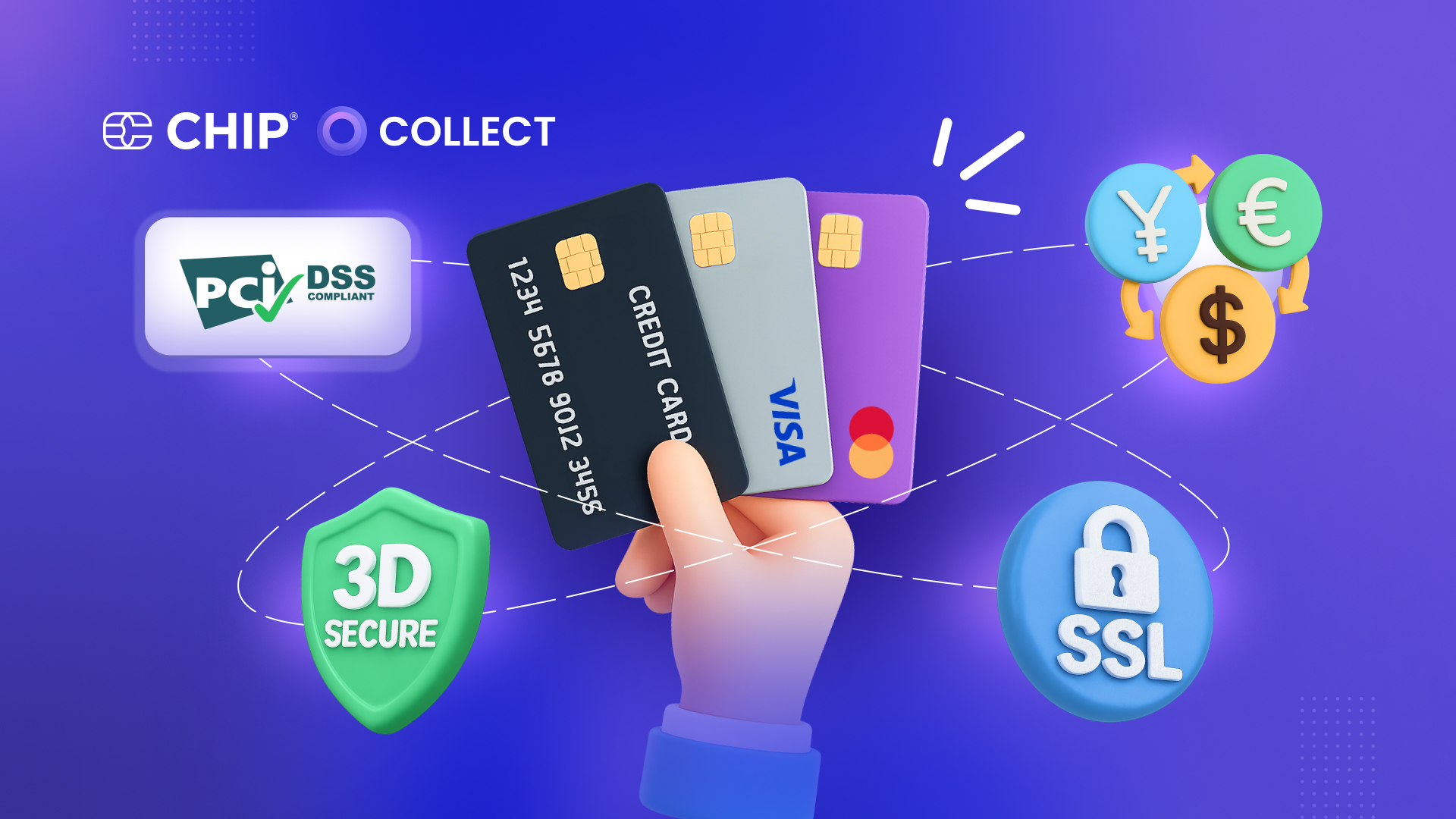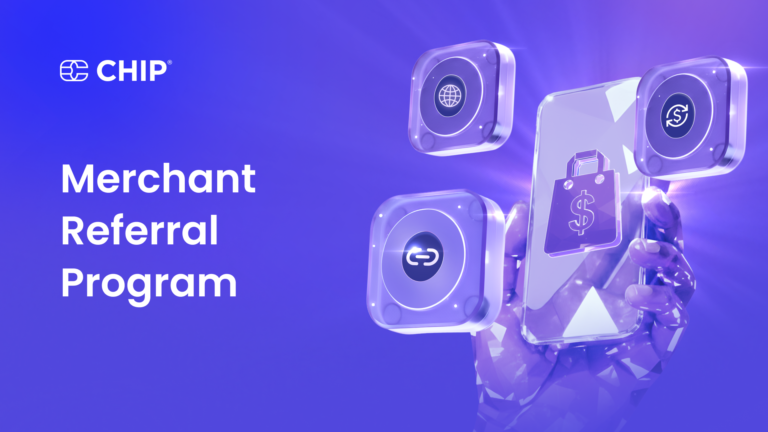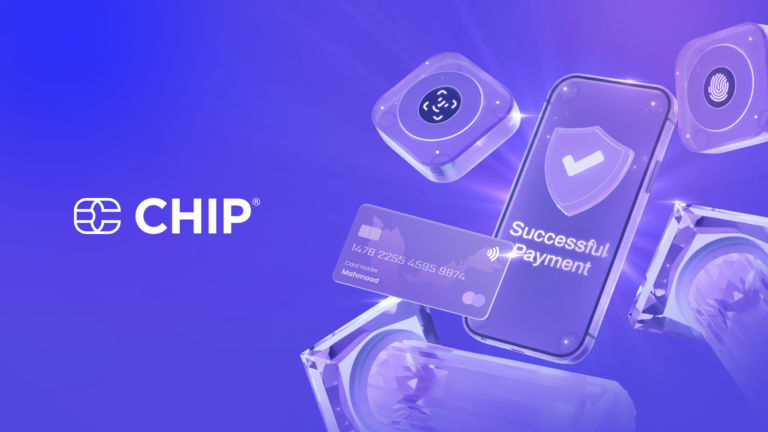In today’s fast-paced digital economy, everything happens in the blink of an eye including how we pay. Whether you’re buying groceries on your phone, subscribing to a service, or checking out of an online store, there’s one key piece of tech working quietly behind the scenes: the credit card payment gateway.
It’s the bridge that connects your customer’s wallet to your business’s bank account and without it, online commerce as we know it wouldn’t exist.
What is a Credit Card Payment Gateway?
At its core, a credit card payment gateway is a secure digital channel that authorizes and processes credit card transactions made online. Think of it as the digital version of a point-of-sale (POS) machine you’d find at a physical retail store, except it works through your website or app, 24/7.
But it’s more than just a tool. it’s a critical part of your customer’s checkout journey. It ensures that payments are handled securely, quickly, and without friction.
How It Works: A Simple Breakdown
Let’s say a customer makes a purchase on your website using their credit card. Here’s what happens behind the scenes:
- Checkout Begins: The customer enters their credit card information on your payment page.
- Data Encryption: The payment gateway securely encrypts the card details and sends them for processing.
- Authorization Request: The transaction data is forwarded to the credit card network (Visa, Mastercard, etc.), which passes it to the issuing bank (the customer’s bank).
- Approval or Decline: The bank checks if the card is valid and has sufficient funds, then sends a response, approved or declined.
- Payment Confirmation: If approved, the gateway notifies your website, and the transaction is confirmed. The funds are then transferred to your account (usually within a few days).
All this takes place in a matter of seconds. To the user, it feels instant but behind the scenes, a complex chain of secure processes is quietly at work.
Why It Matters for Your Business
If you’re selling anything online, whether it’s digital services, physical products, or subscriptions, you need a payment gateway. Here’s why:
- Security: It handles encryption and tokenization, keeping customer data safe from fraud and cyberattacks.
- Speed: It enables fast approvals, which translates to faster checkouts and happier customers.
- Scalability: Whether you’re selling to ten customers or ten thousand, the gateway handles the volume.
- Trust: A seamless, secure payment process helps build confidence in your brand.
- Automation: Everything from authorization to settlement is automated, saving you time and reducing errors.
In short, it’s the infrastructure that keeps money moving in the digital world.
Key Features to Look Out For
Choosing the right credit card payment gateway can have a direct impact on your revenue and customer satisfaction. Here are the top features you should look for:
- PCI-DSS Compliance: This is a standard that ensures your business and the gateway handle credit card data securely.
- Fraud Detection & Risk Management: Smart gateways use AI to monitor transactions in real time and flag anything suspicious.
- Multi-Currency Support: If you serve global customers, your gateway should be able to process international cards and currencies.
- Mobile Optimization: As more consumers buy through mobile, your payment process must be smooth on smartphones and tablets.
- Transparent Pricing: Look for clear information on fees whether it’s per transaction, monthly, or based on volume.
- Fast Settlement Times: The sooner you get your money, the better. Some gateways offer next-day pay-outs, while others may take longer.
Behind the Curtain: Security Comes First
Handling credit card transactions means handling sensitive financial data. This is why security is the heart of every payment gateway.
Modern gateways use:
- SSL encryption to keep data safe during transmission.
- Tokenization to replace card numbers with randomly generated tokens, reducing the risk of fraud.
- 3D Secure (e.g., OTP verification) for an added layer of authentication during checkout.
As cyber threats evolve, so too must your payment infrastructure. A gateway that keeps up with the latest standards ensures your customers (and your business) stay protected.
Common Challenges (And How to Handle Them)
While payment gateways offer a smooth experience most of the time, they aren’t without their challenges:
- Declined Payments: These can occur due to expired cards, insufficient funds, or flagged transactions. A good system will let customers easily update their payment info or retry.
- Chargebacks: If a customer disputes a transaction, the money might be pulled back from your account. Minimizing chargebacks requires clear refund policies and a secure, traceable payment trail.
- Integration Complexity: Some gateways are plug-and-play; others need developer help to integrate. Choose one that matches your technical capabilities.
- Hidden Fees: Always read the fine print. Some gateways have hidden setup or maintenance fees that can eat into your margins.
Being aware of these pitfalls and choosing a gateway that offers transparency and support can save you from headaches down the road.
The Future of Credit Card Payments
The payment landscape is constantly evolving. Here are a few trends to watch:
- Frictionless Checkout: One-click payments and saved card details are becoming standard. Speed = more conversions.
- Biometric Authentication: Face ID, fingerprint, and voice verification are being integrated into payment flows for added security and convenience.
- Subscription Billing: As more businesses adopt recurring revenue models, gateways are adding smarter tools to handle automated monthly billing.
- AI-Driven Fraud Detection: Advanced algorithms are analysing thousands of data points to stop fraud before it happens.
By adopting a modern gateway that stays ahead of these trends, businesses can offer better experiences while staying secure and compliant.
Final Thoughts
In an era where user experience is everything, credit card payment gateways are no longer just “nice to have”, they’re essential. They make online commerce possible, secure, and seamless.
For businesses, the right gateway can mean faster payments, fewer abandoned carts, and higher customer trust. For customers, it means peace of mind every time they click “Pay Now.”
Behind every successful online store or digital platform is a payment system doing the heavy lifting, and at the heart of that system is the credit card payment gateway.
So, while your customers may never see it, they’ll definitely feel the difference when it’s working perfectly.




